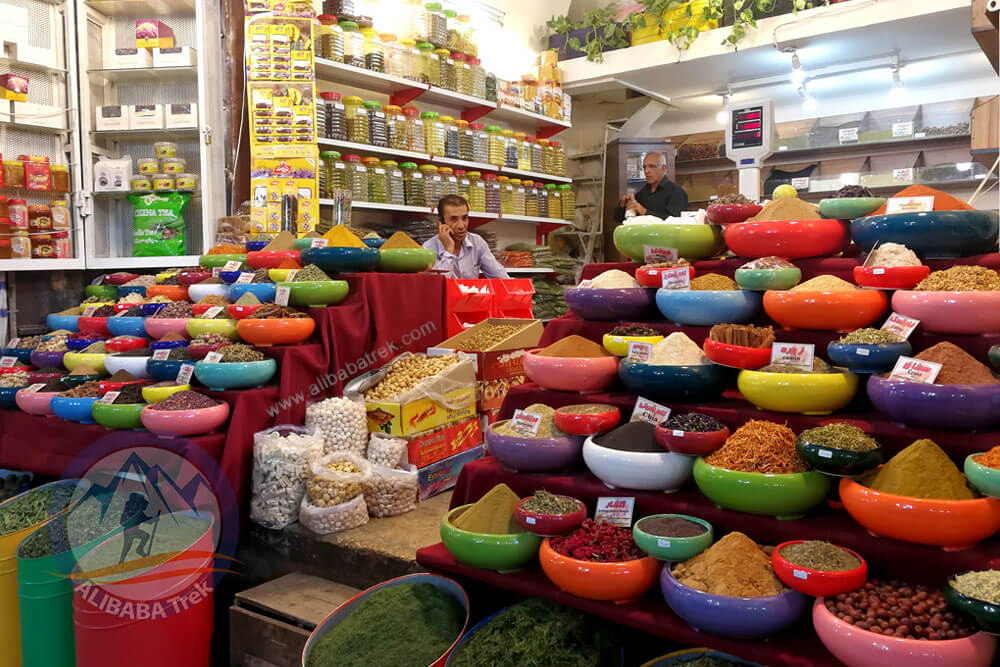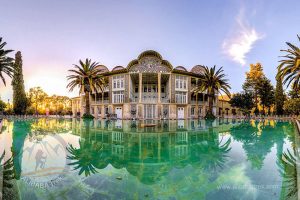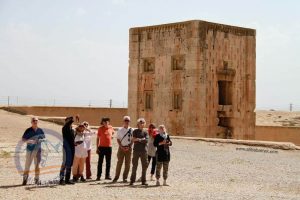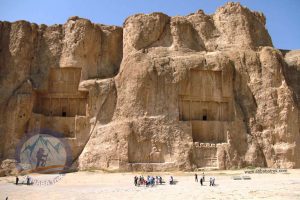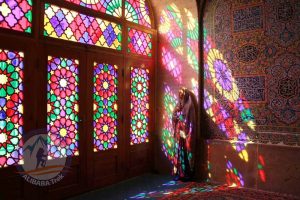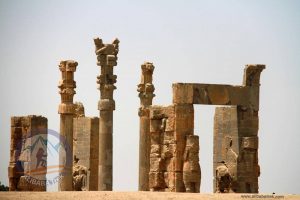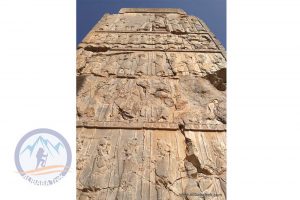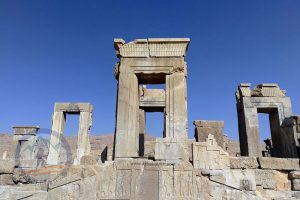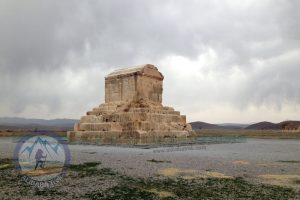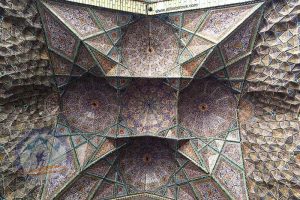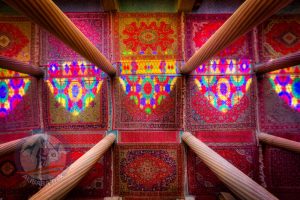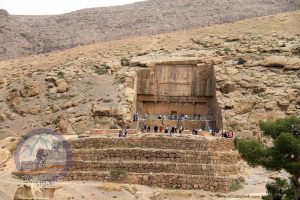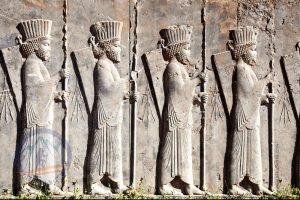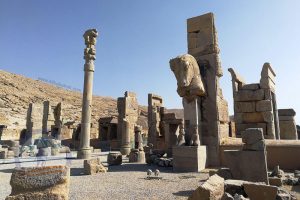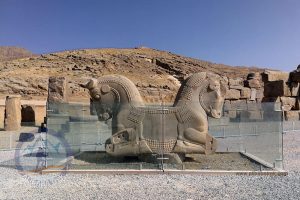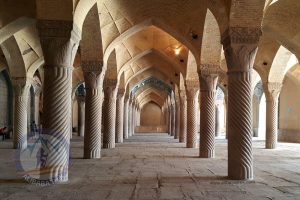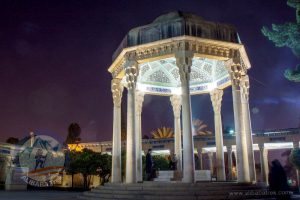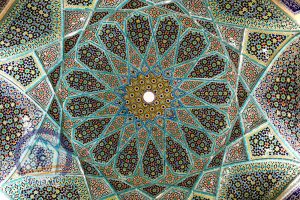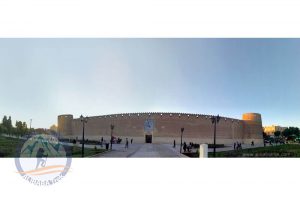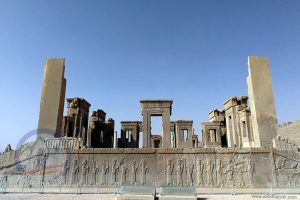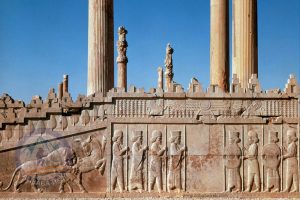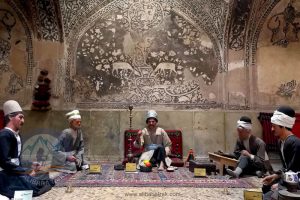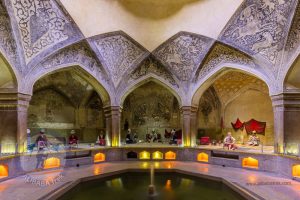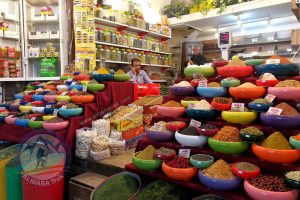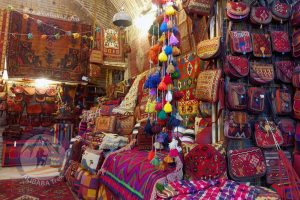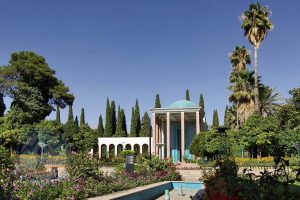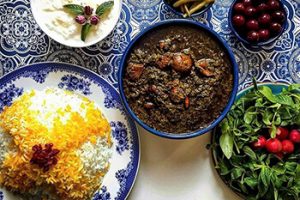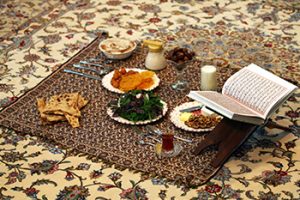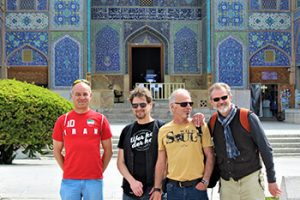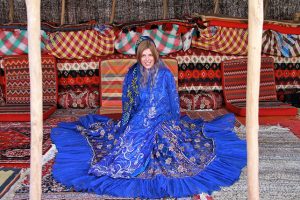Shiraz
Celebrated as the heartland of Persian culture for over 2000 years and was the Iranian capital during the Zand dynasty (AD 1747–79), when many of its most beautiful buildings were built or restored.
The city of poetry and Cheerfulness
Celebrated as the heartland of Persian culture for over 2000 years and was the Iranian capital during the Zand dynasty (AD 1747–79), when many of its most beautiful buildings were built or restored.
Shiraz (i/ʃiːˈrɑːz/; Persian: شیراز (is located in the south of Iran and the northwest of Kerman province. a green plain at the foot of the Zagros Mountains 1,500 meters (4,900 feet) above sea level. Shiraz is 800 kilometers (500 mi) south of Tehran.
Known as the city of poets, literature, wine, and flowers. It is also considered by many Iranians to be the city of gardens, due to the many gardens and fruit trees that can be seen in the city, for example, Eram Garden.
Shiraz’s climate has distinct seasons, though it is only a little short of a hot-summer Mediterranean climate. The city’s agreeable climate, set in a fertile valley once famed for its vineyards, makes it a pleasant place to visit.
Shiraz has had major Jewish and Christian communities. The crafts of Shiraz consist of inlaid mosaic work of triangular design; silver-ware; pile carpet-weaving and weaving of kilim, called Gilim and Jajim in the villages and among the tribes.
If you visit Persepolis then you can see why it is a highlight of Iran.
A UNESCO Heritage which is also known as Taxt e Jamšid; “Throne of Jamshid”. It was the ceremonial capital of the Achaemenid Empire (ca. 550–330 BC).
Nevertheless, you will found Persepolis a spectacular place, the one where your imagination could have drifted away and think about the magnificent times where the city was at its best.
Hafez’s tomb will surprise you, not only the whole park with the tomb is a lovely place, the atmosphere there is kind of spiritual. People are sitting around, reading or reciting Hafez’ poetry, and his tomb stands proudly in the middle.
There is a lot to see, do, eat, and experience… and whatever you do, do not miss Faloodeh Shirazi (Persian rose water ice)
Vakil Complex
Vakil Bazaar
The city’s ancient trading district is home to several bazaars dating from different periods. The finest and most famous of these is the Bazar-e Vakil, a cruciform structure commissioned by Karim Khan as part of his plan to make Shiraz into a great trading center. The wide vaulted brick avenues are masterpieces of Zand architecture, with the design ensuring the interior remains cool in summer and warm in winter. Today the bazaar is home to almost 200 stores selling carpets, handicrafts, spices, and clothes.
The bazaar is best explored by wandering without concern for time or direction and heading at whim along the atmospheric maze of lanes that lead off the main thoroughfares. With any luck, a ramble will lead to the tribal handicraft arcade of Shamshirgarha Bazaar, the Seray-e Moshir (a restored caravanserai) and the nearby Seray-e Mehr Teahouse – an atmospheric little place to pause for lunch.
Vakil Mosque
Begun in Karim Khan’s time, this mosque next to the tribal arts arcade in the Bazar-e Vakil has an impressive tiled portal, a recessed entrance decorated with Shirazi rose-pink tiles, two vast iwans, a magnificent inner courtyard surrounded by beautifully tiled alcoves and porches, and a pleasingly proportioned 75m-by-36m vaulted prayer hall. The distinguishing feature of the mosque, however, is the forest of 48 diagonally fluted columns that support the prayer hall, displaying a hypnotic rhythm of verticals and arabesques.
Other fine features include an impressive mihrab and 14-step marble minbar, carved from a monolith transported all the way from Azerbaijan.
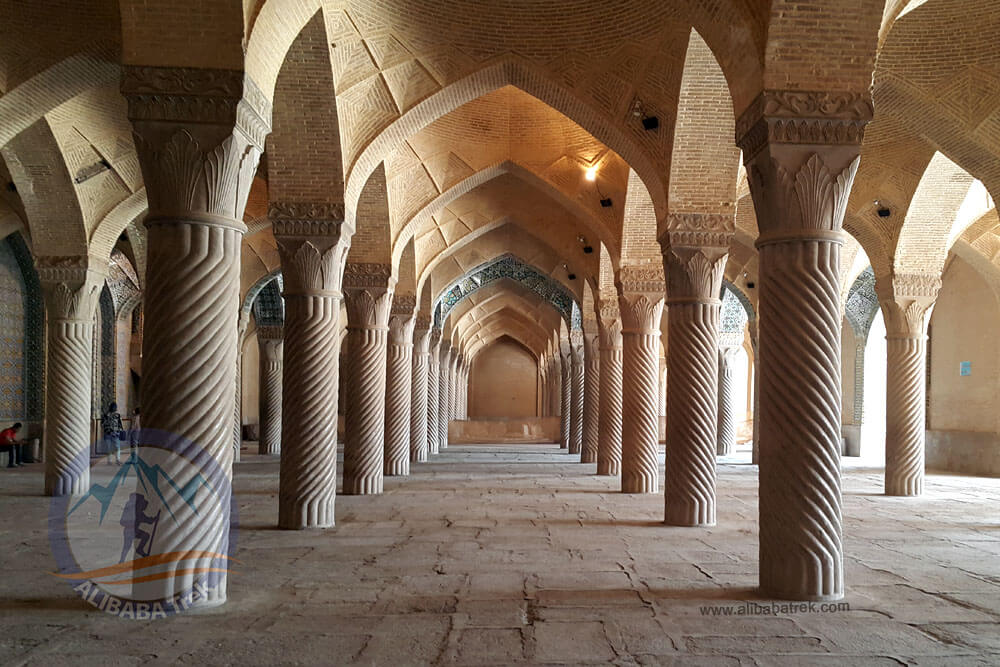
Vakil Bath
The vaulted central chamber of this Zand-era bathhouse features some fine plasterwork and candy-twist columns. A series of costumed mannequins illustrate how Shirazis would have relaxed by the fountain after taking a bath in the handsome heat room, which has a vaulted ceiling, pillars and a small (empty) pool.
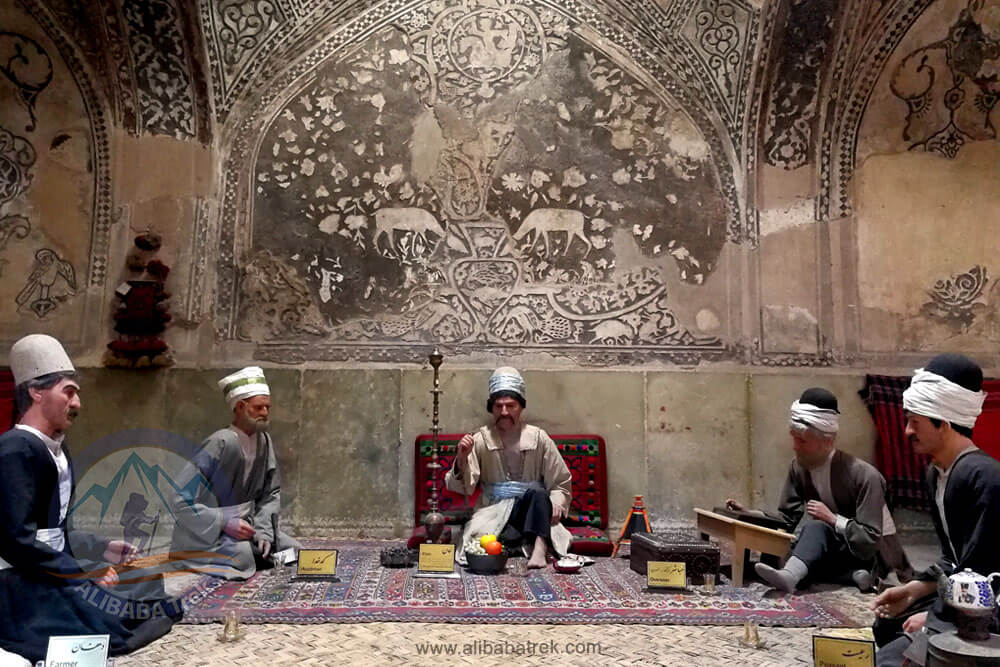
Hafezieh
There is no better place to understand Hafez’s place in the nation’s psyche than at his tomb and the memorial garden within which it is set. Iranians have a saying that every home must have two things: first the Quran, then a collection of the works of Hafez. This 14th-century Iranian folk hero is loved and revered and almost every Iranian can quote his work, bending it to whichever social or political persuasion they subscribe.
Hafez died in middle age in 1389 and his tomb was placed here by Karim Khan in 1773.
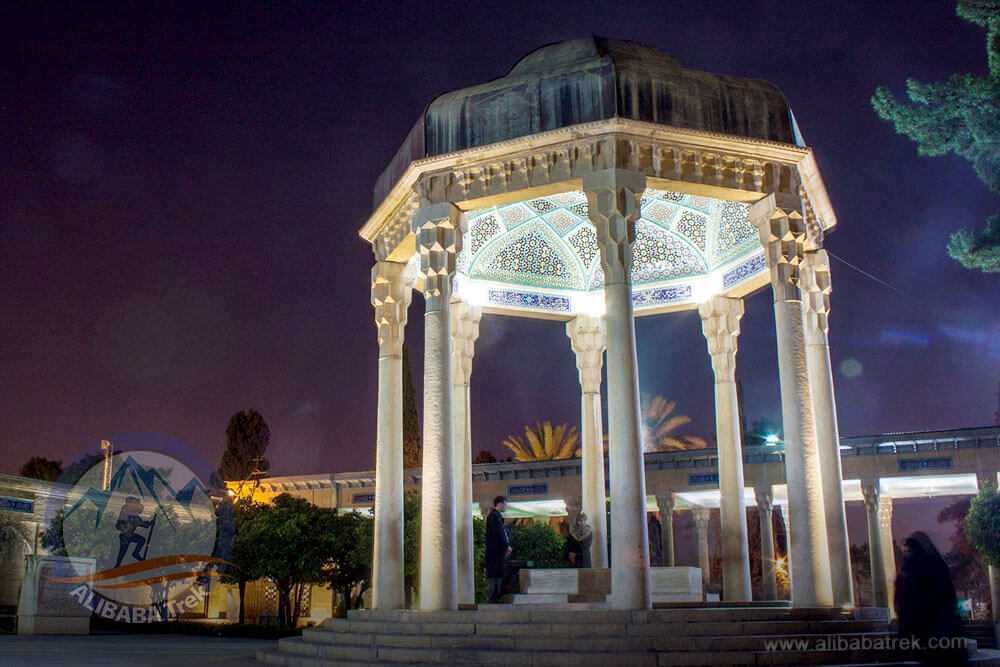
Nasirolmolk Mosque (Pink Mosque)
One of the most elegant and most photographed pieces of architecture in southern Iran, the Pink Mosque was built at the end of the 19th century and its colored tiling (an unusually deep shade of blue) is exquisite. There are some particularly fine muqarnas in the small outer portal and in the northern iwan, but it is the stained glass, carved pillars and polychrome faience of the winter prayer hall that dazzle the eye when the sun streams in.
The mosque attracts most visitors early in the morning (9 am to 11 am is best) when the hall and its Persian carpets are illuminated with a kaleidoscope of patterned flecks of light. It makes for a magical experience – and an irresistible photograph.
A museum in the opposite prayer hall opens into the Gav Cha (Cow Well), where cows were used to raise water from the underground qanat
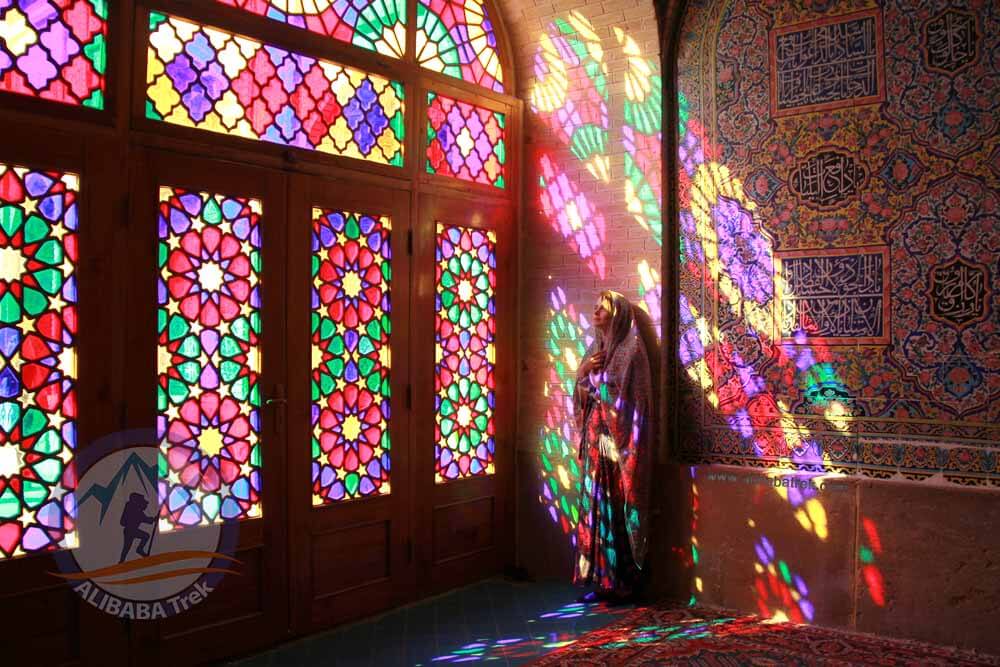
Persepolis (Takht-e Jamshid)
In its heyday, Persepolis was one of four key cities at the heart of an empire that spread from the Indus River to Ethiopia. Its original name was Parsa and it only acquired its Greek name of Persepolis – meaning both City of Parsa (City of Persia) and Destroyer of Cities – after Alexander the Great’s army sacked the city in 330 BC.
Somewhat surprisingly for a city of its size and grandeur, Persepolis is rarely mentioned by any name in foreign records, which focus instead on other Achaemenid capitals including Babylon, Ecbatana (modern Hamadan) and Shush. This has led some archaeologists to speculate that the existence of the city was kept a secret from the outside world.

Eram Garden
Famous for its tall cypress trees, this Unesco-listed garden, designed to complement a Qajar-era pool and palace (closed to the public), incorporates elements from an earlier Seljuk landscape. There’s a small museum of mineralogy in the grounds, but mostly the garden is known for its secret assignations among the rose buses. The gardens are easy enough to reach by taking any shuttle taxi (IR15,000) along Karim Khan-e Zand Blvd, alighting at Namazi Sq and then walking north across the river.
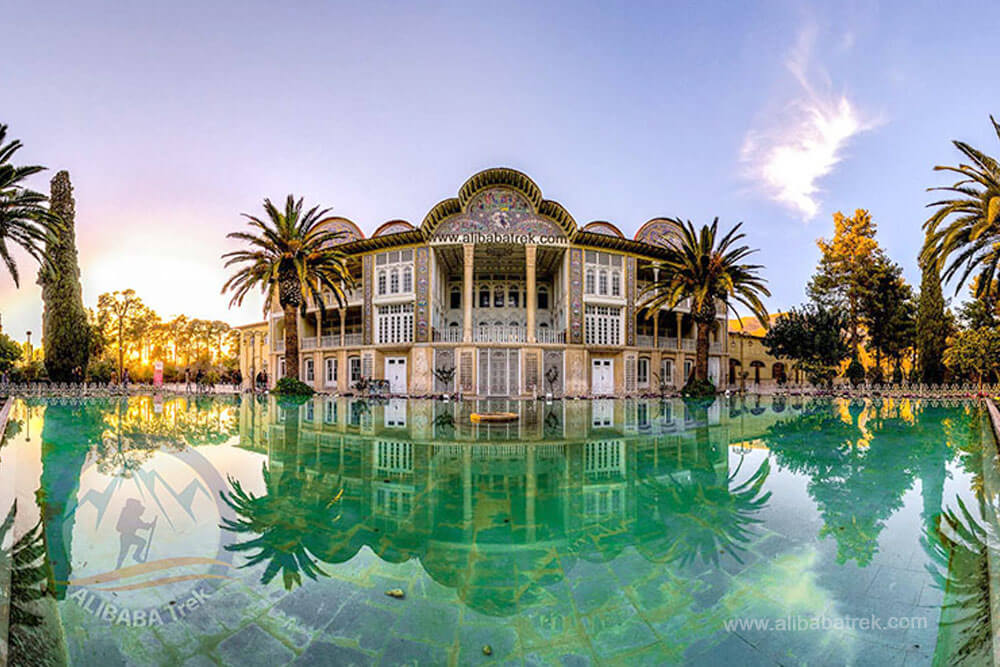
Shiraz Photo Gallery
General Info
- Population: 1,869,001
- Area: 240 km²
- Elevation: 1,500 m (5,200 ft)
- Climate: Steppe
- Avg. Annual Temperature : 16.8 °C
UNESCO Heritages
- Pasargadae
- Persepolis
- Eram Garden
- Adventure & Culture


Ski through Iran's culture
This Iran tour package suits travelers planning to visit Iran in winter and spring. You will enjoy Iran ski tour in Iran’s best ski resorts, will experience a touch of Iran desert tour in deserts around Kashan and Isfahan and of course you will explore Iran history by visiting the most prominent cultural destinations.
- 14 Days
- Jan. to May
- Phys. Rating: 3 out of 5
- Culture
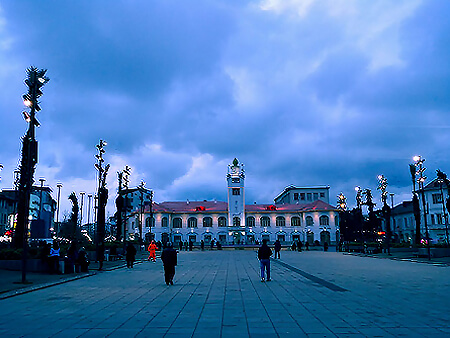

Exploring Iran thoroughly and completely
The best Iran tour for those who have enough time and want to explore Iran completely. During this Iran travel tour, you can visit Tabriz, Ardabil, Rasht, Qazvin, Hamedan, Kashan, Yazd, Shiraz and… By joining our most comprehensive Iran tour package you can visit all of the important cities of Iran.
- 21 Days
- 4 Seasons
- Phys. Rating: 1 out of 5
- Culture
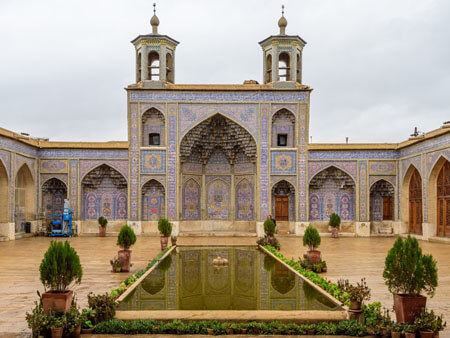

Explore the Iranian culture in two weeks
Enjoy spending time in the historical cities of Iran and visiting their cultural attractions thoroughly with this Iran travel tour. Spend only two weeks with this Iran tour to see the most important cultural cities of Iran. Moreover, optimized Iran tour package includes visiting Tehran, Kashan, Isfahan, Yazd, and Kerman.
- 14 Days
- 4 Seasons
- Phys. Rating: 1 out of 5
- Adventure & Culture
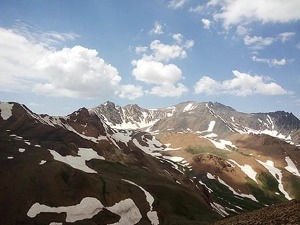

A two-week tour of culture and adventure in Iran
Mountains and monuments Iran tour is the most inclusive adventure and culture Iran tour packages. This mixed Iran tour includes summiting Damavand and Alamkuh as well as the Caspian Sea. Furthermore, this popular Iran travel tour shows you different aspects of Iran in only two weeks.
- 14 Days
- Jun. to Oct.
- Phys. Rating: 4 out of 5
- Culture
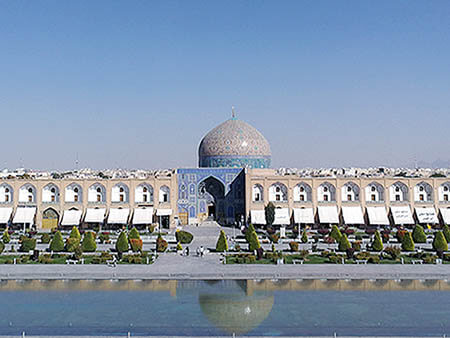

A unique Persian culture tour
Have a unique experience of exploring the rich Iranian culture with this Iran tour package. Furthermore, this Iran tour needs 11 days to show you the most famous historical sites in Iran. During this Iran travel tour, you will visit great cultural cities of Iran including Isfahan, Tehran, Kashan, Yazd, and Shiraz.
- 11 Days
- 4 Seasons
- Phys. Rating: 1 out of 5
- Adventure & Culture
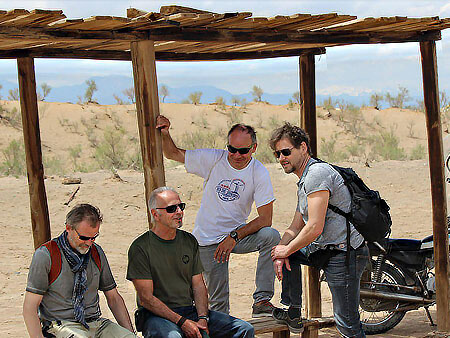

Desert Path to Ancient Persia
A culture and adventure mixed tour including both sightseeing in the historical cities of Iran and surfing in the deserts. This comprehensive Iran tour includes visiting cities such as Tehran, Kashan, Isfahan, Yazd, and Shiraz. Also, we will pay a visit to deserts such as Maranjab, Ring-e Jenn, and Mesr. So, don’t miss this tour if you have an interest in both sightseeing and desert trekking.
- 14 Days
- Oct. to May
- Phys. Rating: 2 out of 5

